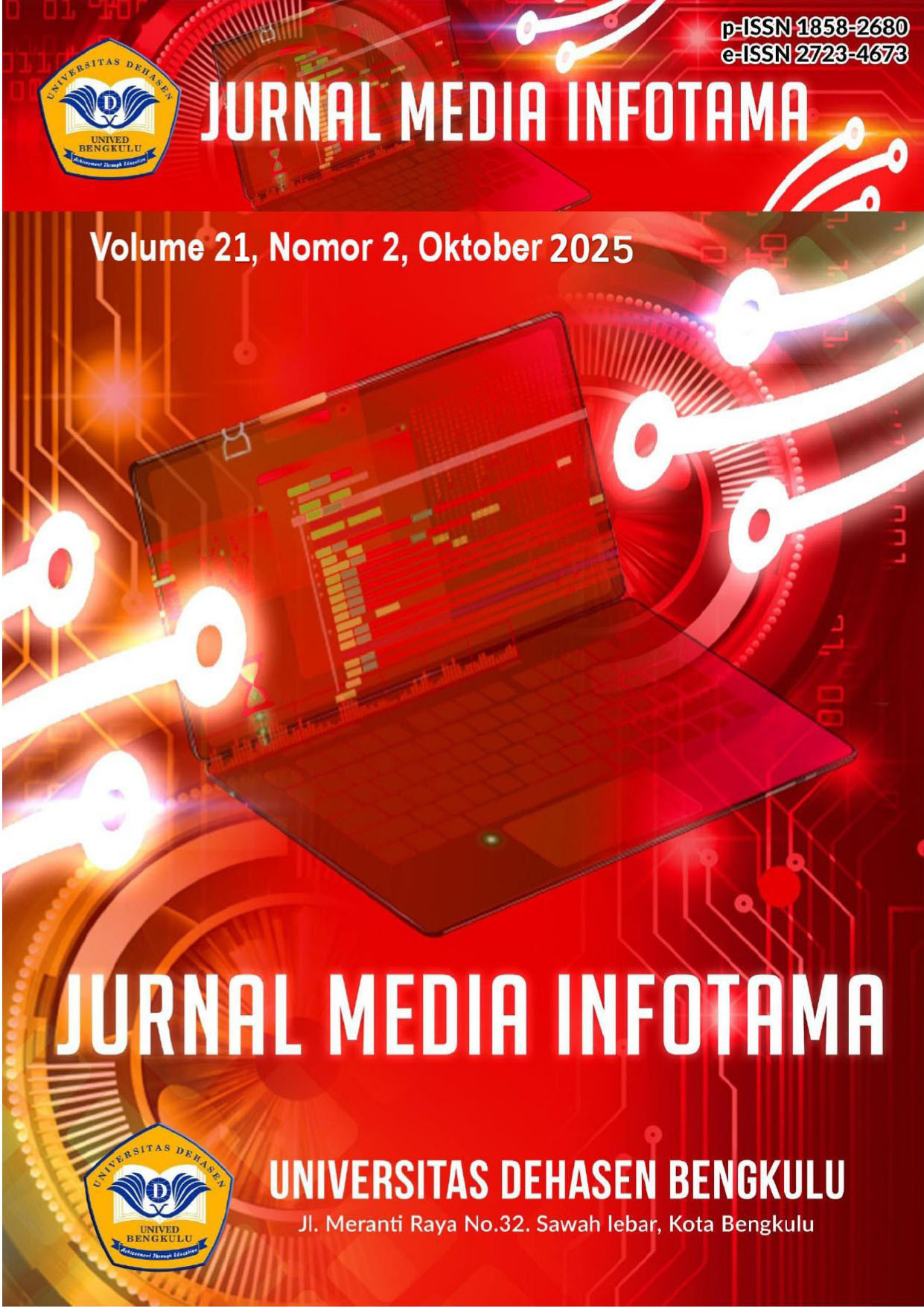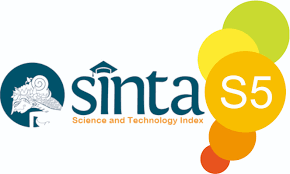Implementasi Metode Weighted Aggregated Sum Product Assesment Untuk Vaksin Polio Terhadap Balita Studi Kasus Puskesmas Masat
Abstract
Providing polio vaccine to toddlers is a very important preventive measure in efforts to prevent polio disease, especially in areas with limited health access such as Masat Public Health Center. However, in its implementation, an appropriate decision-making method is needed to determine the priority of toddler vaccination based on various relevant criteria. This study implements the Weighted Aggregated Sum Product Assessment (WASPAS) method as a tool in multi-criteria decision-making related to polio vaccine administration. This method combines two approaches, namely the Weighted Sum Model (WSM) and the Weighted Product Model (WPM), to provide more accurate and flexible results. The criteria used in this study include the age of the toddler, health history, previous immunization status, and environmental factors. The results of the analysis show that the WASPAS method is able to provide objective vaccination priority recommendations and can be applied as a decision support system in the Puskesmas environment. Thus, it is hoped that this method can help increase the effectiveness of vaccine distribution and reduce the risk of polio spread among toddlers.
Downloads
References
[2] Daniel (2020). Implementasi Sistem Pakar Untuk Mendiagnosis penyakit Dengan Gejala Demam Menggunakan Metode Certainty Factor. Jurnal Informatika. Vol.6, No.1, April 2010. Yogyakarta
[3] Demsa Simbolon (2020). Simbolon, Demsa. 2019. Pencegahan Stunting Melalui Intervensi Gizi Spesifik Pada Ibu Menyusui Anak Usia 0-24 Bulan. Media Sahabat Cendikia.
[4] Efitra, dkk (2024). Buku Ajar Perancangan Basis Data. PT. Sonpedia Publishing Indonesia
[5] Moch Tofik,dkk (2021). Belajar Otodidak Microsoft Access Analisis Interaktif dan Desain Aplikasi Database. Yayasan Kita Menulis
[6] Marbun et.al (2020). ‘Penerapan Metode Weighted Aggregated Sum Product Assessment Dalam Menentukan Tepung Terbaik Untuk Memproduksi Bihun’, Jurnal Riset Komputer (JURIKOM), 5(1), pp. 24–28.
[7] Najirah Umar, dkk (2022). Buku Ajar Perangkat Lunak. PT. Sonpedia Publishing Indonesia
[8] Subarsono (2022). Analisis Kebijakan Publik Konsep Teori dan Aplikasi. Yogyakarta Pustaka Pelajar.
[9] Sorang Pakpahan (2021). Pemrograman Visual 1 Microsoft Visual Studio 2010. Yayasan Citra Cita Milenial
[10] Tasari & Gusmi, (2021). Mengenal Visual Studio Code. [Online] Available at: https://www.gamelab.id/news/468-mengena-visual-studio-code [Accessed 30 November 2021].
Copyright (c) 2025 Suaihera Rahma Yunia; Eko Suryana, Desi Mahdalena

This work is licensed under a Creative Commons Attribution-ShareAlike 4.0 International License.
An author who publishes in Jurnal Media Infotama agrees to the following terms:The author holds the copyright and grants the journal the right of first publication of the work simultaneously licensed under the Creative Commons Attribution-Share Alike 4.0 License which allows others to share the work with acknowledgment of the work's authorship and initial publication in this journal.Submission of a manuscript implies that the submitted work has not been previously published (except as part of a thesis or report, or abstract); that it is not being considered for publication elsewhere; that its publication has been approved by all co-authors. If and when a manuscript is accepted for publication, the author retains the copyright and retains the publishing rights without limitation.
For new inventions, authors are advised to administer the patent before publication. The license type is CC-BY-SA 4.0.
MEDIA INFORMATION REVIEW: Journal of the Faculty of Computer Science is licensed under a Creative Commons Attribution-ShareAlike 4.0 International License.You are free to:Share
— copy and redistribute material in any medium or formatAdapt
— remix, modify and develop materialfor any purpose, even commercial.
The licensor cannot revoke this freedom as long as you follow the license terms












.png)


